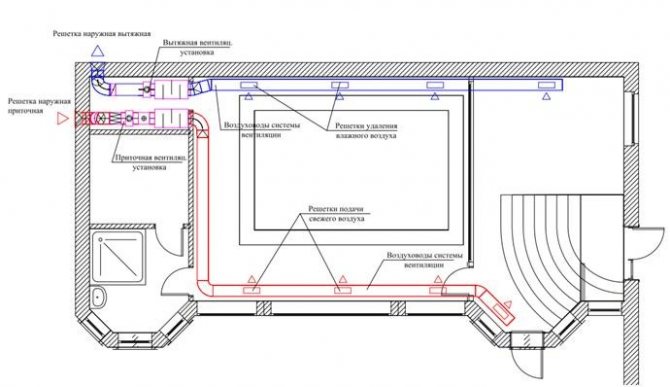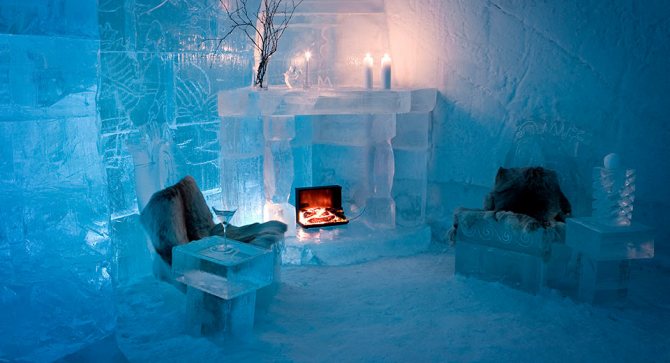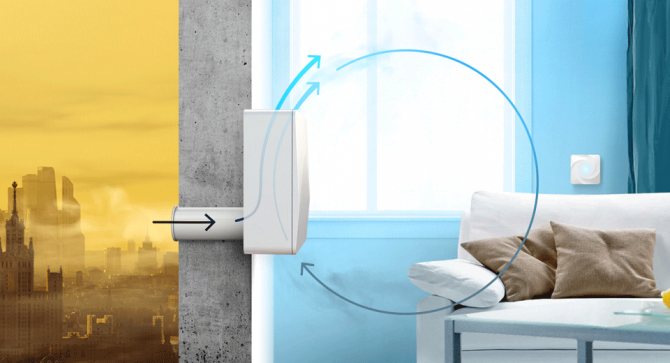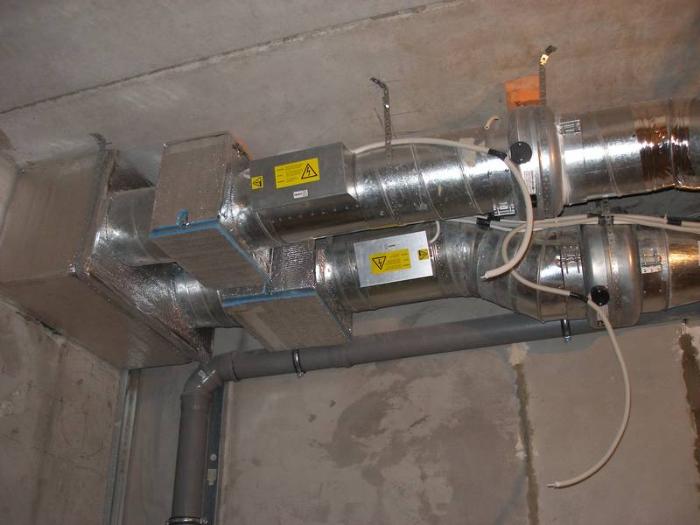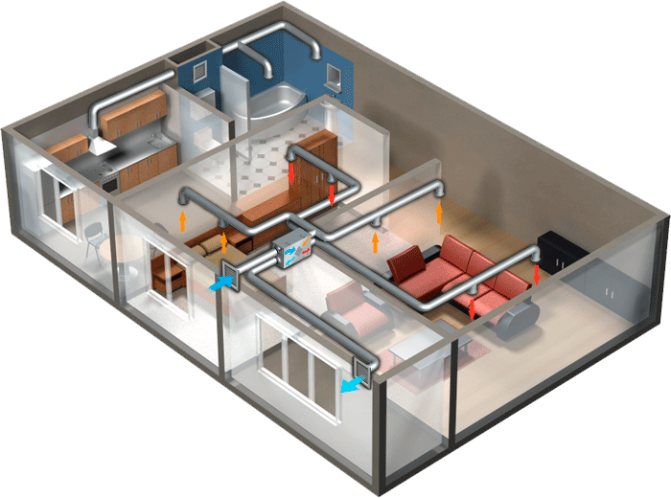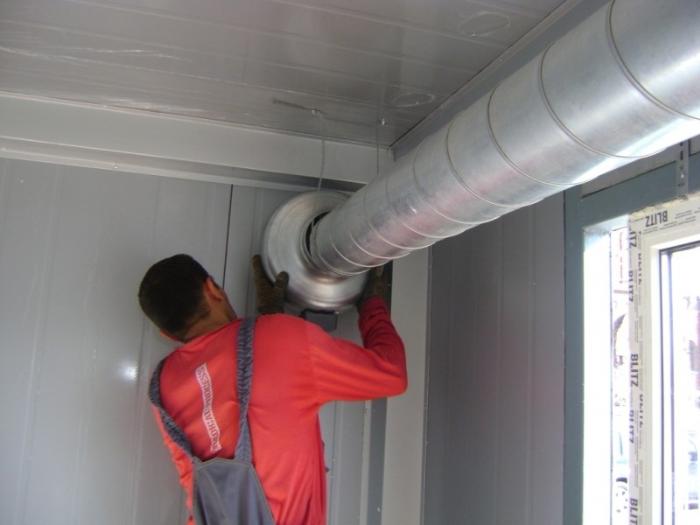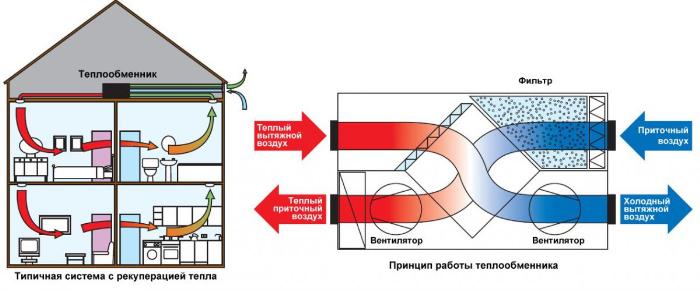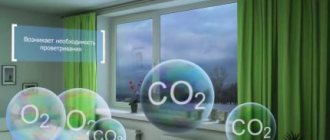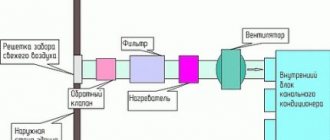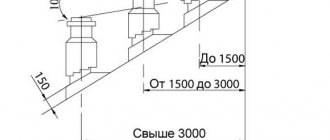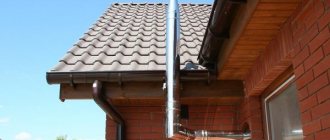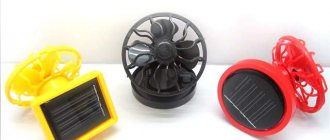A comfortable microclimate is one of the very important components in the life of every person. Well-being and performance directly depends on him. But it is not always possible to achieve it with the help of conventional microclimatic devices.
Heated ventilation is an excellent solution for creating a comfortable and cozy atmosphere in the room. Adjusting the microclimatic device allows you to adjust the temperature and amount of fresh air inflow, at which it will be comfortable for you.
Due to the variety of modes and ease of use, supply ventilation with heating is relevant in public places, in industries and in residential premises.
What is Heated Air Supply Ventilation?
Ventilation with air mass differs from standard air conditioning systems. The principle of its work is to draw air from the outside. Thus, in addition to cooling and heating, such ventilation enriches the room with oxygen, while conventional air conditioning systems simply circulate the air in the space.
The supply air is heated in the ventilation unit. The ventilation unit of the supply ventilation with heating has a high heat transfer. Therefore, even during severe frosts, the ventilation continuously supplies masses of fresh hot air.
Heated ventilation is carried out by means of air exchange. Circulation and heating of the air mass inflow is carried out in air handling units with a recuperator. The air drawn from the outside is heated in the recuperator due to the temperature of the discharged air masses. The recuperator prevents the mixing of "exhaust" and supply fresh air.
Another way to heat supply ventilation is by recirculation. With this heating method, fresh air masses are mixed with "waste" ones. The air inflow from the street is heated to the required temperature and supplied to the room.
Ventilation equipment
In order to ensure the flow of air into the building, it is theoretically sufficient to make a hole in the outer wall. In accordance with sanitary standards, it is necessary to organize an inflow with heating and air purification. The composition of the air outside can vary depending on the area and region of residence. The air of large and medium-sized cities is characterized by high dustiness and gas content. In this form, it cannot be supplied to the premises, one - or multi-stage cleaning is required:
- The first stage of cleaning is a coarse cell filter for trapping dust and dirt particles, deactivating gases.
- A thinner filter can act as a second stage, which retains fine suspended particles and flying pollen from plants.
- The third degree of cleaning allows you to disinfect the air using a bactericidal filter.
For a residential or office building, it is unacceptable when cold air blows from the ventilation in winter. It must be served in rooms already warmed up, otherwise there is a danger of colds for people. At the same time, not a single heating system can cope with heating such a room.
In the cold season, before supplying it to the premises, it is necessary to warm up the supply air and clean it.
The hole in the outer wall must serve for laying the air duct, which will be connected to the unit for heating and filtering air masses. With the help of such installations, a local, decentralized supply of inflow into the room is provided.The device includes a fan, an electric heater, and a filter (or multiple filters). Depending on the version, the body of the device can be placed in the thickness of the wall or attached to it inside the room.

Installation for heating and filtering air
In winter, cold air from the ventilation is heated in the installation to the required temperature and supplied to the room by a fan that can operate in several modes with different performance. In summer, the heating mode is switched off automatically, only cleaning functions. In more expensive installations, heat recovery technology is used, when the internal warm air transfers its energy to the external supply, heating it. If an air conditioner is installed in the room, then a similar process will take place in the summer, only cold will be transferred to the supply air. Such forced ventilation allows you to save up to 60% of the energy consumed for heating or cooling.
It is expensive and impractical to equip large office buildings, shopping and business centers with local supply units. It also makes no sense to install air conditioners, it is better to provide the entire building with fresh air of the required parameters. As a rule, it is divided into zones by floor or according to other criteria, and a general ventilation scheme for inflow and exhaust is developed.
For each zone, supply ventilation units are selected that supply air masses to all rooms at once using air ducts. This is a centralized way of organizing the inflow, and the ventilation equipment that provides it is called central air conditioners. They bring the air to the required condition, taking into account all requirements and weather conditions.


Ventilation unit
Ventilation supply systems of shopping centers and other similar structures can be long, part of the air ducts pass through the street, basements and unheated rooms. So that the thermal energy spent on heating the air is not wasted in vain, under such conditions, the insulation of the ventilation ducts is performed.
Publication editor: Alexey Evgenievich Bespalov
Candidate of Science (Engineering). Head of the Center for Educational Standards and Programs of the Moscow State University of Civil Engineering (NRU MGSU).
We recommend:
Design features of the device
The main elements of supply ventilation
- Air intake grille. It acts as an aesthetic design and a barrier that protects debris in the supply air masses.
- Supply ventilation valve. Its purpose is to block the passage of cold air from outside in winter and hot air in summer. You can make it work automatically using an electric drive.
- Filters. Their purpose is to clean the incoming air. I need to be replaced every 6 months.
- Water heater, electric heating elements - designed to heat incoming air masses.
- For rooms with a small area, it is recommended to use ventilation systems with electric heating elements, for large spaces - a water heater.
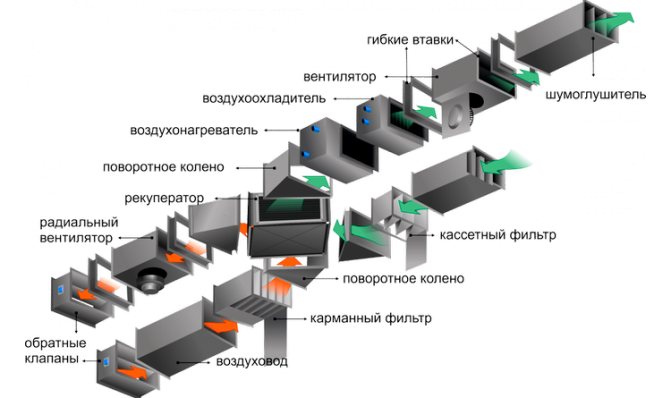

Supply and exhaust ventilation elements
Additional elements
- Fans.
- Diffusers (help distribute air flow masses).
- Noise muffler.
- Recuperator.
The ventilation design directly depends on the type and method of fixing the system. They are passive and active.
Passive ventilation systems.
Such a device is a supply ventilation valve. The scooping up of street air masses occurs due to the pressure drop. In the cold season, the discharge is facilitated by the temperature difference, in the warm season - by the exhaust fan. The regulation of such ventilation can be automatic or manual.
Automated regulation directly depends on:
- the flow rate of air masses passing through the ventilation;
- humidity in the space of the room.
The disadvantage of the system is that in the winter season such ventilation is not effective for heating the house, since a large temperature difference is created.
On the wall
Refers to a passive type of supply ventilation. This installation has a compact box that can be wall-mounted. For heating control it is equipped with an LCD display and a control panel. The principle of operation is to recuperate internal and external air masses. To heat the room, this device is placed near the heating radiator.
Active ventilation systems
Since in such systems it is possible to regulate the intensity of the fresh air supply, such ventilation for heating and heating the room is more in demand.
According to the heating principle, such a supply heater can be water or electric.
Water heater
Powered by a heating system. The principle of operation of this ventilation system is to circulate air through a system of channels and tubes, inside which there is hot water or a special liquid. In this case, heating takes place in a heat exchanger built into the centralized heating system.
Electric heater.
The principle of operation of the system is to convert electrical energy into heat using an electric heating element.
Breezer
This is a compact device, small in size for supply ventilation, with heating. To supply fresh air, this device is attached to the wall of the room.
Breezer Tion o2
Breather design o2:
- A duct consisting of an air intake and an air duct. This is a sealed and insulated tube, due to which the device draws air from the outside.
- Air delay valve. This element is an air gap. It is designed to prevent the outflow of warm air while the device is turned off.
- Filtration system. It consists of three filters that are installed in a specific sequence. The first two filters remove visible contaminants from the air stream. The third filter - deep cleaning - from bacteria and allergens. It cleans the incoming air from various odors and exhaust gases.
- Fan for air intake from outside.
- Ceramic heater that is equipped with climate control. Responsible for heating the air flow and automatic temperature control.
Types of systems
The supply air handling unit with heated air is available in several types. This can be central ventilation, which will heat a large production room, or an office center, or it can be individual, for example, in an apartment or in a private house.
In addition, all heated ventilation systems are divided into the following types:
- With recuperation. In fact, this is a heat exchange system, when the incoming masses come into contact with the outgoing ones and exchange heat. This option is suitable only for regions with not very cold winters. These systems are classified as passive ventilation systems. It is best to place them near the radiators.
- Water. Such a heated inlet works either from a boiler or from a central heating battery. Its main advantage is energy saving. Supply ventilation with water heated air is especially popular with consumers.
- Electrical. They require significant electricity consumption. According to the principle of operation, this is a simple electric heating element, which heats the air with its constant movement.
Before deciding on one specific model, it is recommended to sit down and calculate how much electricity will have to be spent to heat your apartment or private house.
Supply ventilation may differ in the way air is forced into the room. There are natural options, and there are forced ones, when air is drawn in with the help of fans. The types of ventilation are also distinguished by the type of control. These can be manual models or automatic ones, which are controlled using the remote control or from a special application on the phone.
We recommend that you familiarize yourself with: Do-it-yourself natural ventilation system in a private house
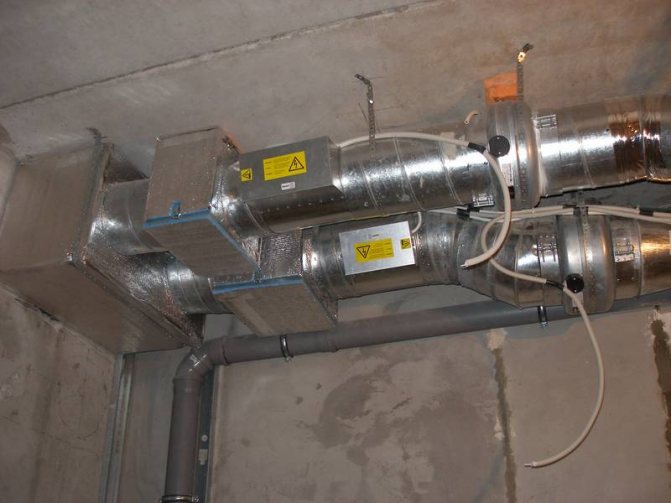

The principle of compact ventilation.
- Outdoor air masses pass through the air intake, which is equipped with a closed plastic grille. Thus, air masses are filtered from debris and insects.
- The air then flows through the duct into the instrument case. To protect the walls from freezing, it is made from a noise-insulating plastic pipe. In this case, all joints are sealed.
- Then there is filtration from coarse and medium dust using special filters built into the device.
- After that, the air mass passes into the heater and warms up to the temperature set by the climate control. On such a device, you can set the desired temperature (up to + 25 ° C) and the system will maintain it automatically.
- After heating, the air undergoes a two-stage filtration from fine dust, odors, gases and allergens, enters the fan and is discharged into the room.
Such supply ventilation can be controlled remotely using the remote control.
The bottom fixture is mounted within one hour.
Principle of operation
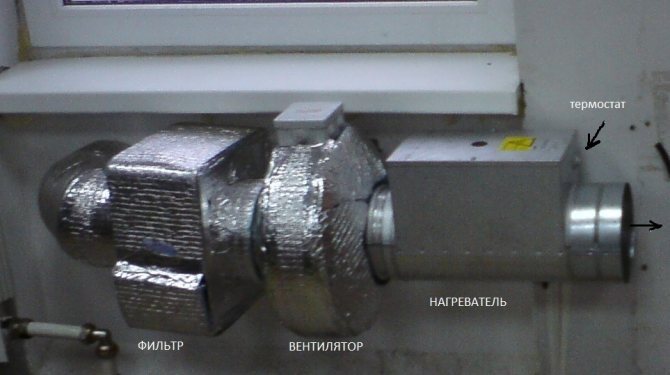

Main units of supply ventilation with heating
The ventilation system operates according to a standard and simple principle. At the initial stage, the air from the outside passes through the air intake, supplemented by a plastic grill, which delays the ingress of dirt, insects and lint, but does not interfere with the flow of air. After that, the air masses go through a special through channel or air duct. The walls of such a channel are additionally insulated from the inside of the mine with the help of noise and heat-insulating plastic pipes, treating each joint with an airtight compound to protect the walls from freezing.
At the joints of the air duct with the base of the device, an automatic damper is mounted. It closes on its own after turning off the appliance to prevent cold air from entering the room to be heated. It will also be closed if the incoming air flow deviates from the norm - its temperature should not fall below -40 degrees. As it passes through the heater, the air temperature rises to the required level using the climate control function. The owner can specify the required temperature value for air heating, and it will remain at this level.
Due to the optimal design, the system, in which the exhaust air is heated, does not provoke drafts even in the cold season. The temperature will always be maintained at the desired level without user control.
Supply ventilation device with air heating
There are two types of units for supply ventilation:
- Monoblock - they are folded from one block, which is installed at the inlet of the air duct. In such a block, all the necessary devices are located, without exception, ensuring high-quality and reliable service of the ventilation structure. This kind of device is not uncommon in general introduced into the wall or in the window frames. This method is considered the simplest and most inexpensive. But in practice, it is rather ineffective, since the placement of its intake fans does not make it possible to cover many areas of the building.
- Installation - these supply ventilation systems are powerful enough to cover high-rise buildings, industrial premises of large areas, apartment buildings.
Supply ventilation schemes
The easiest type of installation:
- Air filter,
- Blower fan,
- A heating element.
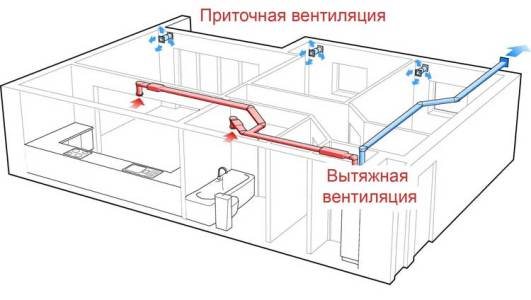

Standard scheme of supply and exhaust ventilation with heating
How to heat the supply air with a recuperator?
Recuperators are divided into 2 types:
- Rotary - work with electricity. They have a cylindrical body in which a rotor element is mounted. It constantly rotates between the "in" and "exhaust" air valves. Enough dimensional detail. Efficiency - up to 87%.
- Lamellar... Such recuperators consist of integrated plates. Supply and "exhaust" air move towards each other through different valves. This prevents recirculation. These recuperators are usually small in size.
Operating principle
Design supply ventilation with heating is the installation of one (or more) radiator (another type of heating elements) with a high level of heat transfer. Fans supplying heated air into the system can also be used. An air filter is used without fail, which not only ensures the cleanliness of air exchange, but also keeps the high-tech equipment that ensures the operation of the ventilation system intact and serviceable. Installation of special humidification units and antibacterial filter elements is allowed, which allows you to create comfortable conditions in certain types of premises.
As a result, supply ventilation in an apartment with filtration is able to provide:
- effective cleaning and air exchange;
- heating it up to a comfortable level;
- thorough cleaning of the incoming air, including bacterial;
- moisturizing.
Supply ventilation with water heating or another type of heat exchanger allows for a constant controlled supply of heated, clean and fresh air flow into the room. The result is an ideal microclimate for an apartment, study, office, country house, etc.
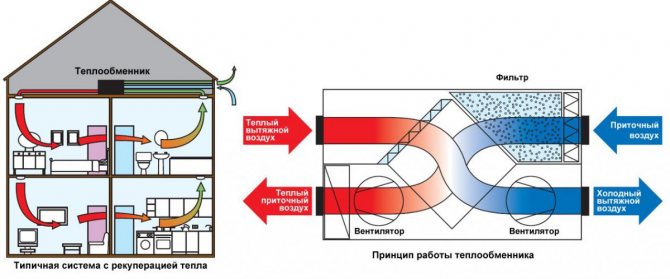

How can a fan heater be used
The main purpose of the fan heater is to heat the air masses. For more intensive circulation of flows - the fan forces air forcibly. This makes this device versatile.
Fan heater operation options:
- This appliance can be used as the main source of heat supply to a room where there is no central heating.
- The fan heater can supplement the main heating system.
- For heating construction sites and workers on them.
- For quick heating of air in a small room.
- The fan heater can be used as an ordinary fan: in winter - for heating, in summer - for cooling the air.
- For ventilation and heating of an enclosed space.
Air exchange: process features
To begin with, a little theory - in order to decide on a suitable ventilation system for air in an apartment, you need to know how air exchange "works". So, replacement of "exhaust" air with fresh one takes place under two conditions:
- the hood is in good order;
- an inflow of fresh air from outside is provided
An important clarification - the process of inflow and outflow of air flow are interconnected. The air flow from the street enters the house, the exhaust air is forced out through the hoods (usually they are located in the kitchen and in the bathroom).
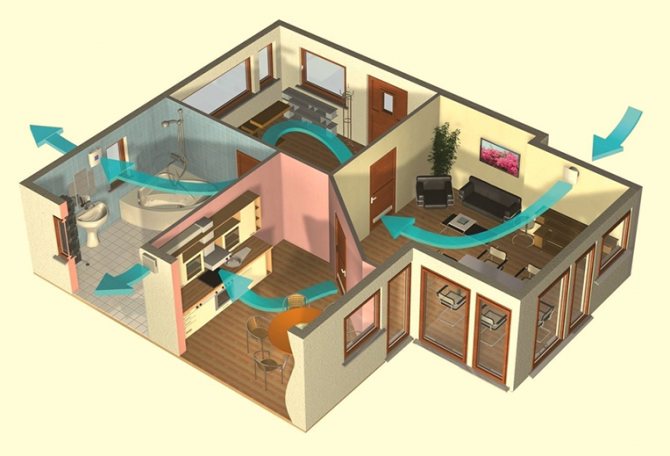

How are things going with air exchange in typical houses? Until the windows with wooden frames began to be replaced with "plastic", the problem of fresh air access was not so acute - even with the windows closed, it entered the house through the cracks in the window frames. With plastic windows, everything is different: due to their tightness, air ventilation stops, and CO2 quickly accumulates in it, excess moisture appears on the windows and walls.
Control elements
In supply ventilation with heated air, various control elements can be used. When it comes to air exchange in an industrial room, then simple temperature sensors are used that send a signal to a hot water valve or an electrical circuit. After that, the water stops or begins to flow into the heating element, depending on whether the system should be engaged in heating or cooling the supply air. This option is most often implemented in industrial buildings and non-residential premises. If we are talking about heating air in private houses, then a water or electrical system with a more complex control is used.
Supply ventilation in a private house often implies the installation of complex automation, which can not only send signals to the valve to stop or start hot water supply, but also regulate its flow.
The controlled valves of such equipment control the water flow as efficiently as possible, allowing you to save significantly.
